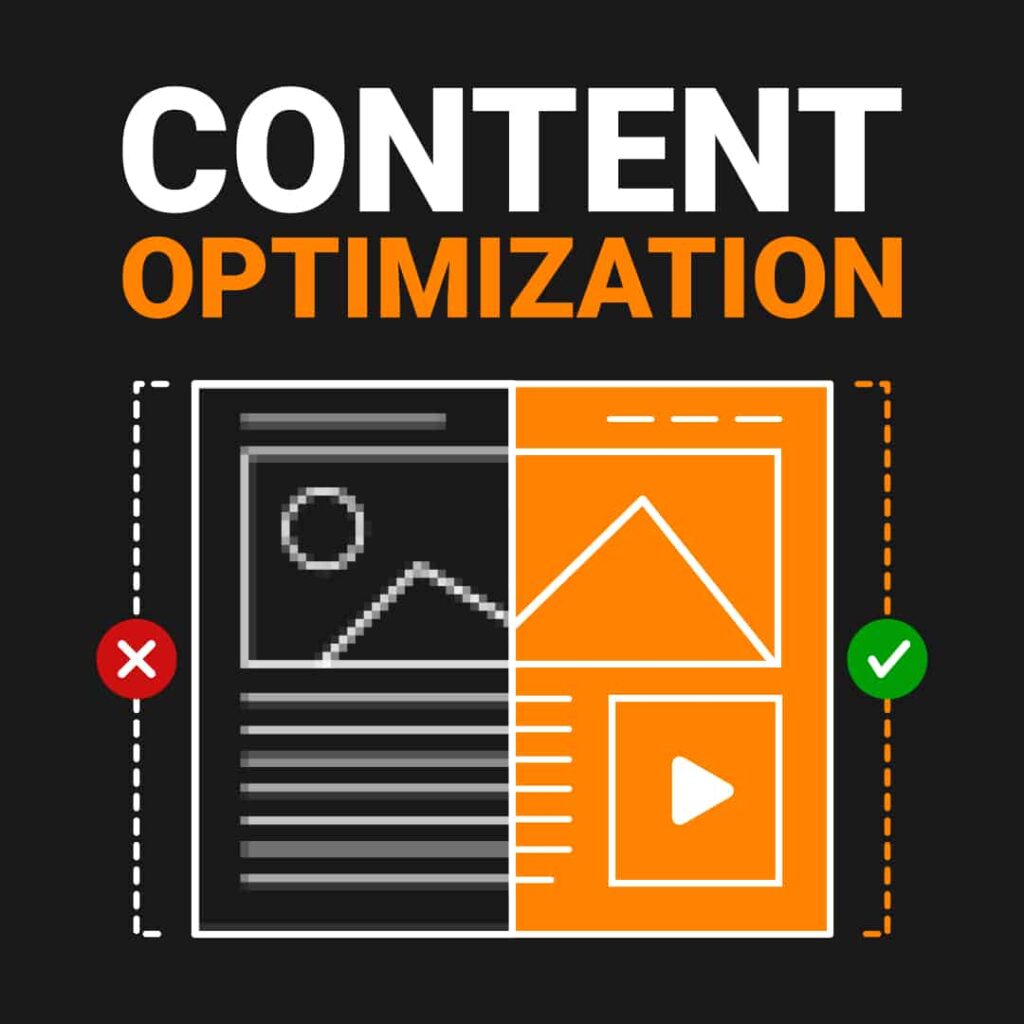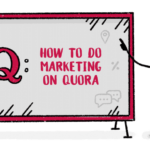In today’s digital landscape, creating high-quality content is essential for reaching and engaging your target audience. However, even the most well-written content may go unnoticed if it’s not optimised for search engines and users. One of the key strategies for ensuring your content gets the visibility it deserves is through keyword optimization. In this article, we’ll explore how to effectively optimise your content with keywords to improve both search engine rankings and user experience.
How to Optimise Content with Keywords for Search Engines and Users
In today’s digital landscape, creating high-quality content is essential for reaching and engaging your target audience. However, even the most well-written content may go unnoticed if it’s not optimised for search engines and users. One of the key strategies for ensuring your content gets the visibility it deserves is through keyword optimization. In this article, we’ll explore how to effectively optimise your content with keywords to improve both search engine rankings and user experience.
Introduction to Content Optimization
Choosing the Right Keywords
Before diving into content creation, it’s crucial to conduct keyword research to identify the terms and phrases your target audience is searching for. This involves understanding the search intent behind different keywords and selecting those that are relevant to your content.
Researching Relevant Keywords: Utilise tools like Google Keyword Planner, SEMrush, or Ahrefs to discover keywords related to your topic. Look for keywords with a balance of search volume and competition.
Long-Tail vs. Short-Tail Keywords: Long-tail keywords are more specific and usually have lower search volume but higher intent. Short-tail keywords are broader and more competitive. A mix of both can provide a comprehensive keyword strategy.
Incorporating Keywords into Content
Once you’ve identified your target keywords, the next step is to seamlessly integrate them into your content while maintaining readability and natural flow.
Writing Naturally with Keywords: Avoid keyword stuffing, which can negatively impact both user experience and search engine rankings. Instead, focus on incorporating keywords in a way that feels organic within the context of your content.
Optimising Titles and Headings: Include your primary keywords in titles and headings to signal to search engines and readers what your content is about. This not only improves SEO but also helps users quickly grasp the main points of your content.
Structuring Content for SEO and User Experience
Well-structured content not only enhances SEO but also improves the overall user experience by making it easier for visitors to navigate and digest your content.
Using Meta Descriptions Effectively: Craft compelling meta descriptions that include relevant keywords and entice users to click through to your content from search engine results pages (SERPs).
Organizing Content with Headings and Subheadings: Break up your content with clear headings and subheadings to improve readability and allow users to scan for information easily. Use H1, H2, H3 tags to signal the hierarchy of your content to search engines.
Optimising Images and Other Media
In addition to text-based content, it’s essential to optimise images and other multimedia elements for both search engines and users.
Using Alt Tags and Filenames: Include descriptive alt tags and filenames for images, videos, and other media to provide context to search engines and improve accessibility for users.
Ensuring Multimedia Content is Relevant: Only use images and other media that are relevant to your content. Irrelevant multimedia can confuse users and detract from the overall user experience.
Monitoring and Refining Content Strategy
Optimization is an ongoing process. Continuously monitor your keyword performance and make adjustments to your content strategy as needed to maintain or improve your search engine rankings and user engagement.
Tracking Keyword Performance: Regularly analyse metrics such as organic traffic, keyword rankings, and click-through rates to gauge the effectiveness of your keyword optimization efforts.
Updating Content for Freshness and Relevance: Keep your content up-to-date by refreshing it periodically with new information, insights, and keywords to ensure its continued relevance and appeal to both users and search engines.
Optimising content with keywords is a fundamental aspect of digital marketing that can significantly impact your website’s visibility and success. By conducting thorough keyword research, incorporating keywords thoughtfully, and structuring your content for both SEO and user experience, you can enhance your chances of ranking well in search engine results and attracting and retaining your target audience.



